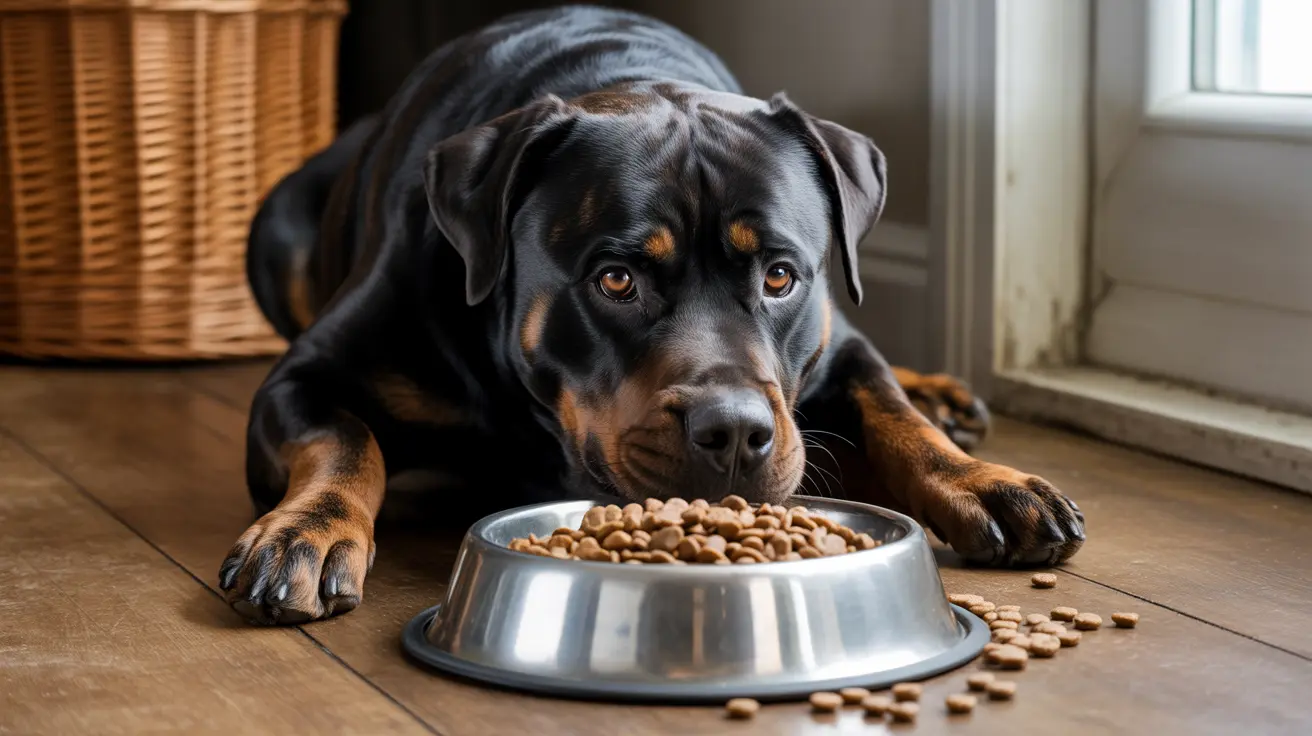Why Mice Are Attracted to Dog Food
Dog food serves as an ideal food source for mice for several compelling reasons. The high protein content, balanced nutrients, and appealing scent make it an irresistible target for these small rodents. Both dry kibble and wet food varieties provide mice with the essential nutrients they need for survival.
The strong aroma of dog food makes it particularly easy for mice to detect, even when stored in cabinets or pantries. Their keen sense of smell can lead them directly to your pet's food supply, especially during their most active nighttime hours.
Health Risks of Mouse Contamination
When mice access dog food, they create serious health hazards for both pets and humans. These rodents can transmit various diseases through their droppings, urine, and saliva, including:
- Salmonella
- Hantavirus
- Leptospirosis
- Various bacterial infections
Additionally, mice can contaminate far more food than they actually consume, making an entire bag of dog food potentially unsafe once they've gained access to it.
Signs of Mouse Activity in Dog Food
Identifying mouse activity early is crucial for preventing a full-scale infestation. Look for these telltale signs:
- Small holes or tears in food bags
- Scattered pieces of kibble in unusual places
- Tiny dark droppings near food storage areas
- Greasy marks along walls or containers
- Unusual pet behavior around their food bowls
Effective Storage Solutions
Proper storage is your first line of defense against mice accessing dog food. Implement these proven strategies:
- Use airtight metal or thick plastic containers
- Store food elevated off the floor
- Keep storage areas clean and dry
- Consider multiple smaller containers rather than one large one
- Regularly inspect storage containers for damage
Prevention and Maintenance Tips
Creating a mouse-resistant environment requires ongoing vigilance and proper practices:
- Feed pets on a regular schedule
- Clean up spilled food immediately
- Store food away from walls and corners
- Seal potential entry points around food storage areas
- Maintain clean feeding areas
Frequently Asked Questions
Do mice really eat dog food, and why are they attracted to it?
Yes, mice actively seek out and consume dog food due to its high nutritional value, including proteins, fats, and carbohydrates. The strong scent and easy accessibility make it an attractive food source for these rodents.
How can I tell if mice have been eating my dog's food at home?
Look for signs such as chewed packaging, scattered kibble, small droppings near food storage areas, and evidence of nesting materials. You might also notice small teeth marks on food containers or bags.
What are the health risks of mice contaminating dog food?
Mice can transmit numerous diseases through their droppings, urine, and saliva. They can contaminate dog food with harmful bacteria, viruses, and parasites that pose health risks to both pets and humans.
What is the best way to store dog food to prevent mice infestations?
Store dog food in airtight, chew-resistant containers made of metal or heavy-duty plastic. Keep containers elevated off the floor and in clean, dry areas away from walls where mice typically travel.
How can I keep mice away from my dog's food bowl during feeding times?
Feed your dog at scheduled times, supervise meals, and remove any uneaten food promptly. Clean the feeding area thoroughly after each meal and avoid leaving food out overnight when mice are most active.
Conclusion
While mice are indeed attracted to dog food, understanding their behavior and implementing proper storage and feeding practices can effectively protect your pet's food supply. Regular maintenance, vigilant monitoring, and prompt action at the first sign of rodent activity will help ensure your dog's food remains safe and uncontaminated.






